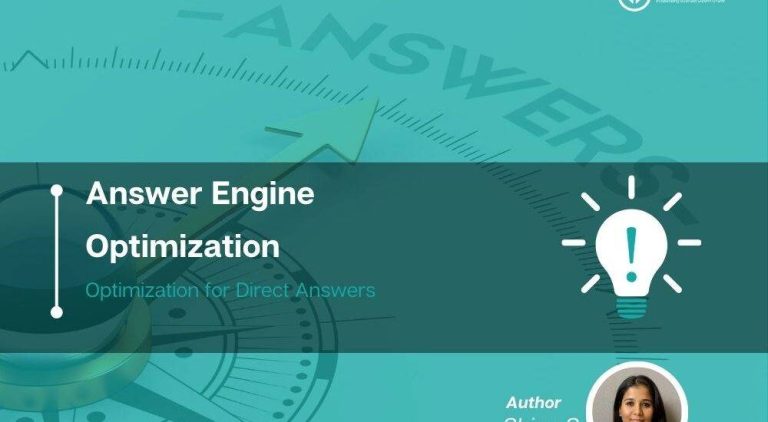
In today’s fast-paced digital landscape, content is king. But with the sheer volume of information being produced every second, it’s no longer enough to just create content—you need to scale it efficiently while maintaining quality. That’s where AI comes in. Artificial Intelligence has revolutionized content creation, offering tools that can generate high-quality content at scale without compromising on originality or relevance. This guide will walk you through how to use AI to scale your content strategy effectively.
What Is AI Content Generation and Why It Matters
AI content generation refers to the use of artificial intelligence technologies, such as natural language processing (NLP) and machine learning, to automatically create written or multimedia content with minimal human intervention. These systems analyze vast amounts of data, identify patterns, and generate content that mimics human writing styles while maintaining a high level of uniqueness and relevance.
Why does this matter? For businesses and content creators, AI offers a way to produce large volumes of content quickly and cost-effectively. It also allows for personalization, ensuring that each piece of content resonates with its intended audience. As search engines continue to prioritize high-quality, relevant content, leveraging AI can give you a competitive edge in the digital space.
How AI Content Generation Impacts SEO Performance
AI-generated content can significantly impact your SEO performance. Search engines like Google prioritize content that provides value, is well-structured, and aligns with user intent. AI tools can help you optimize content for keywords, improve readability, and ensure that your content is engaging and informative.
Moreover, AI can help you stay ahead of trends by analyzing search patterns and suggesting topics that are likely to perform well. This means you can create content that not only ranks well but also meets the needs of your audience.
Step-by-Step Implementation Framework
1. Define or Audit the Current Situation
Before implementing AI, assess your current content strategy. Identify what works and what doesn’t. Look at your existing content, audience engagement metrics, and SEO performance. This will help you understand where AI can add the most value.
2. Apply Tools, Methods, or Tactics
Choose the right AI tools for your needs. Consider factors like ease of use, customization options, and integration with your existing systems. Popular tools include:
- SurferSEO: For keyword clustering and semantic scoring.
- Grammarly: For grammar and style checks.
- Jasper: For generating engaging content quickly.
- Copy.ai: For creating ad copy and social media posts.
Customize these tools to fit your brand’s voice and tone. Train them with examples of your content to ensure they produce output that aligns with your brand identity.
3. Measure, Analyze, and Optimize
Once you start using AI, track the performance of your content. Use analytics tools to monitor metrics like engagement, traffic, and conversions. Continuously refine your approach based on the data. For example, if a particular type of content performs better, focus on producing more of it.
Real or Hypothetical Case Study
Let’s take a hypothetical example of a blog that uses AI to scale its content. The blog focuses on tech reviews and product comparisons. By implementing AI tools, the team was able to generate 50+ articles per month, compared to just 10 before. The content was optimized for SEO, resulting in a 40% increase in organic traffic. Additionally, the team could focus on higher-level tasks like strategy and audience engagement, leading to improved overall performance.
Tools and Techniques for AI Content Generation
Here are some of the top tools and techniques for AI content generation:
- SurferSEO – For keyword clustering and semantic scoring.
- Grammarly – For grammar and style checks.
- Jasper – For generating engaging content quickly.
- Copy.ai – For creating ad copy and social media posts.
- Hemingway Editor – For improving readability and clarity.
- Vocable – For comprehensive content health checks and optimization.
These tools can help you streamline your content creation process, ensuring that your content is both high-quality and optimized for search engines.
Future Trends and AI Implications
As AI continues to evolve, we can expect even more advanced tools that can generate content with greater accuracy and personalization. Voice and multimodal search will also play a significant role in shaping the future of content creation. To stay ahead, focus on continuous learning and experimentation with new AI tools. Embrace the technology, but always maintain a human touch to ensure your content resonates with your audience.
Key Takeaways
- Define clear goals for your content strategy to guide AI implementation.
- Choose the right tools that align with your brand’s voice and objectives.
- Monitor and refine your content based on performance data.
- Maintain a human touch to ensure your content connects with your audience.
- Stay ahead of trends by leveraging AI for predictive analytics and personalization.
By following these steps and leveraging the power of AI, you can scale your content production without sacrificing quality. The future of content creation is here, and it’s more dynamic and exciting than ever.



Meta Title: How to Use AI to Scale Content Without Losing Quality
Meta Description: Learn how to leverage AI to scale your content strategy while maintaining quality and relevance. Discover tools, techniques, and best practices for effective AI content generation.
SEO Tags: AI content generation, content scaling, SEO optimization, AI tools, content quality
Internal Link Suggestions: Parameter #1: AI & Search Evolution, Parameter #2: Technical Performance & Core Web Vitals
External Source Suggestions: https://www.surferseo.com/, https://www.grammarly.com/, https://www.jasper.ai/







